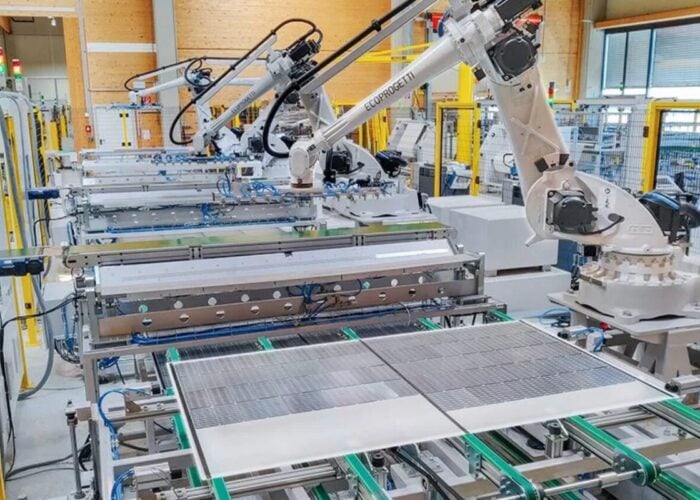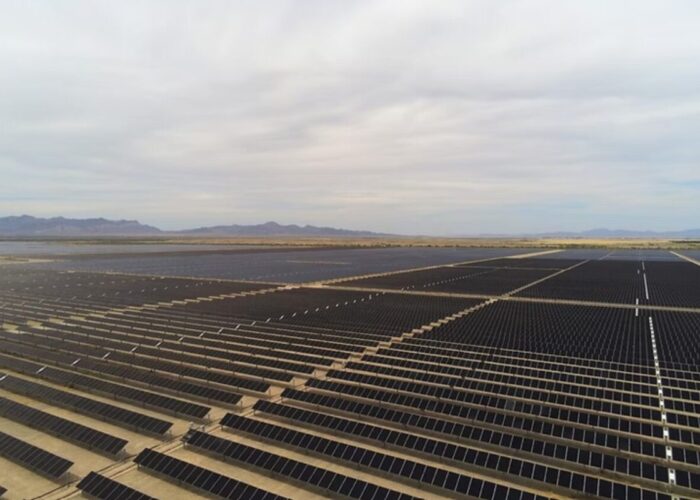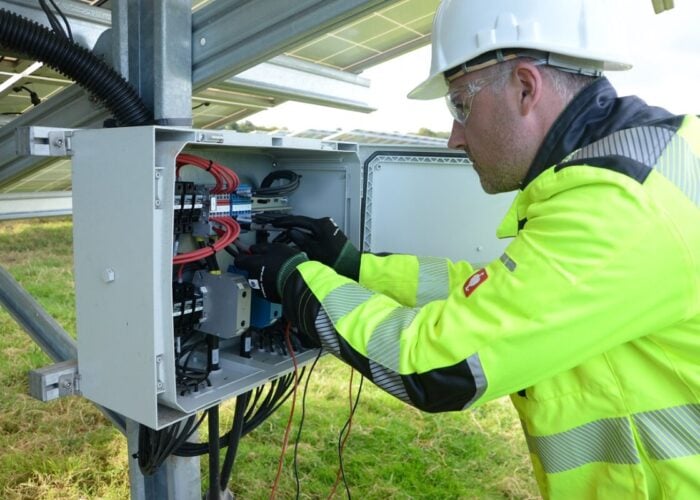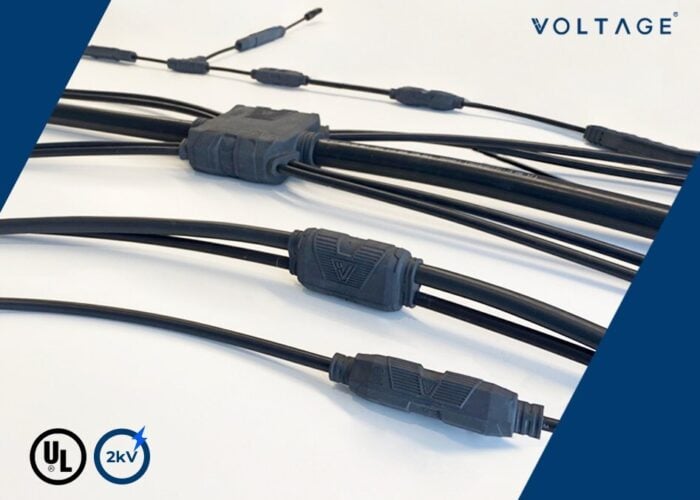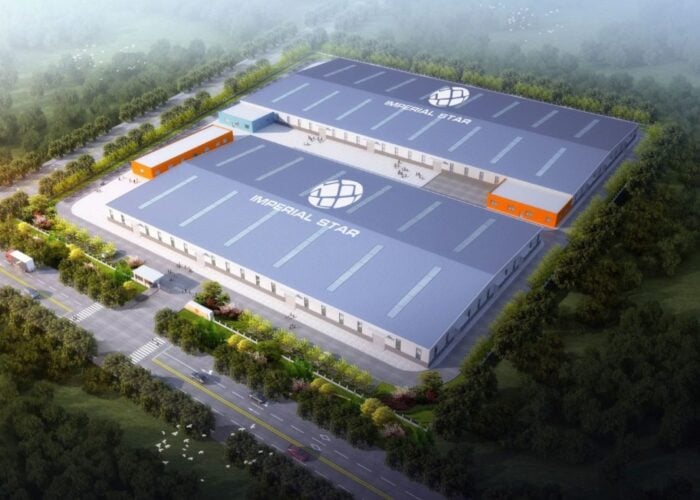Saint-Gobain Solar has launched its ‘SolarBond’ Membrane materials for module lamination process in two models, SolarBond Membrane Standard and SolarBond Membrane Premier. The membrane is designed to protect the module and the lamination equipment in extreme temperatures.
Problem
Try Premium for just $1
- Full premium access for the first month at only $1
- Converts to an annual rate after 30 days unless cancelled
- Cancel anytime during the trial period
Premium Benefits
- Expert industry analysis and interviews
- Digital access to PV Tech Power journal
- Exclusive event discounts
Or get the full Premium subscription right away
Or continue reading this article for free
During the PV module lamination process, module makers seal all components with ethylene vinyl acetate (EVA) adhesive film to ensure that module layers remain secure. High heat levels are needed to melt the EVA (typically 145-155°C). These temperatures call for a flexible, durable membrane for use in the vacuum laminator to provide compression on the module in repeated cycles.
Solution
SolarBond Membranes were developed specifically for the PV vacuum lamination process and act as a vacuum blanket, constructed from high-performance solid silicone rubber, with excellent thermal and mechanical properties, chemical inertness and long service life. This silicone enables the membrane to retain its inherent flexibility and tear-resistance through multiple lamination cycles, resulting in increased service life and lower costs. Manufactured in continuous lengths of 2.8 meter widths with no seams, both versions of SolarBond Membrane eliminate the risk of ghosting (leaving an impression) on the module, often caused by seams in joined membranes.
Applications
Module lamination process.
Platform
Each version of SolarBond Membrane is designed to specific benefits to module makers. The premier version incorporates unique additives in its formulation to resist the EVA outgassing and can last for up to 6,000 cycles, depending on EVA type, laminator model and process parameters. The standard version provides an economic solution and is ideal for smaller module manufacturing plants. The membranes are available in a 3 millimeter thickness and widths up to 2.85 meters. Additional testing to evaluate Volatile Organic Content (VOC) showed that both membrane types performed significantly better than product alternatives.
Availability
September 2011 onwards.

